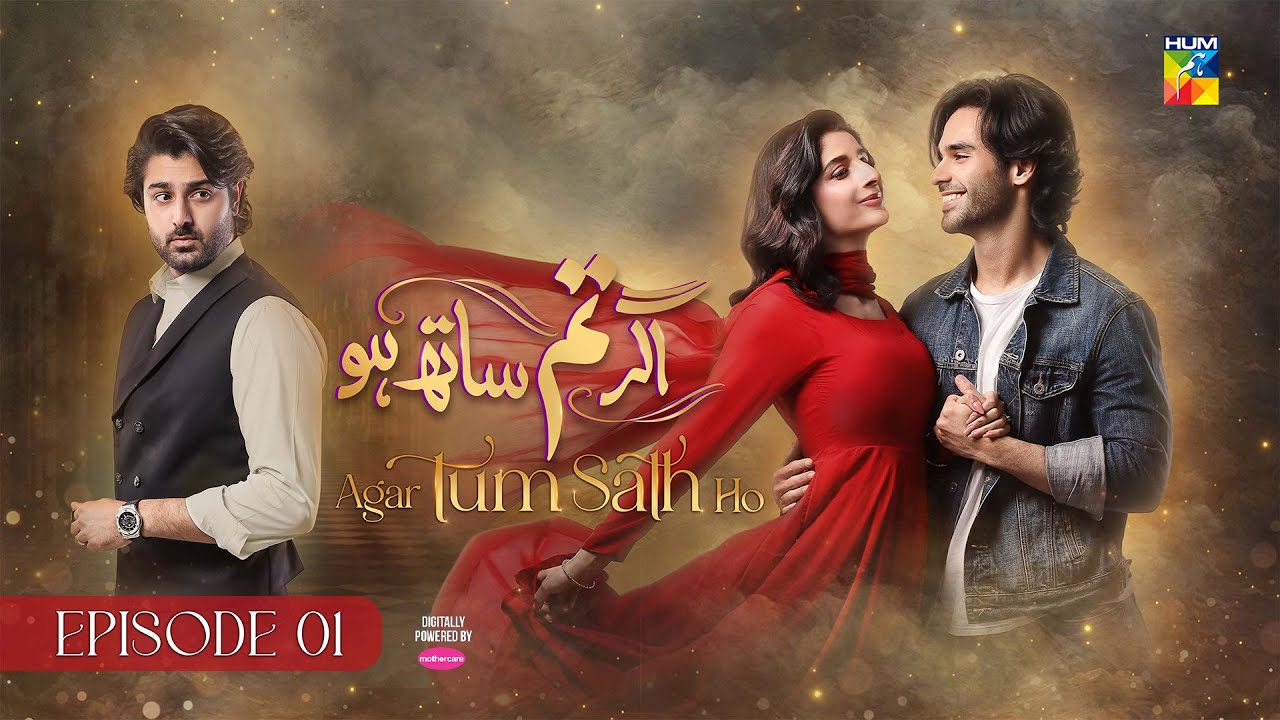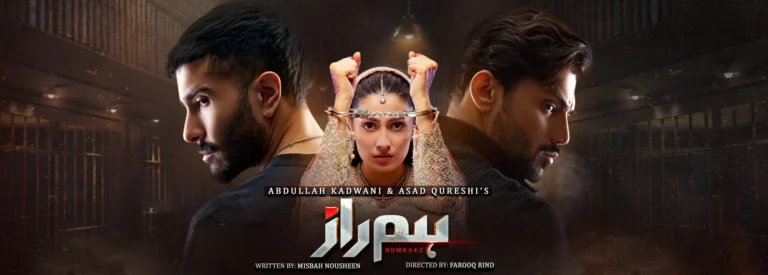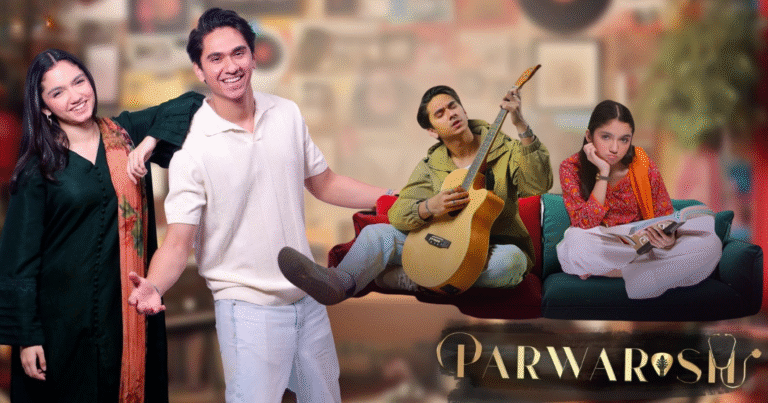Introduction to Agar Tum Sath Ho Drama
The Pakistani drama Agar Tum Sath Ho has emerged as a powerful narrative that delves into the complexities of relationships, societal norms, and emotional resilience. Written by Radain Shah and directed by Adnan Sarwar, this Moomal Production & MD Productions collaboration boasts a stellar cast led by Mawra Hocane and Ameer Gilani. In this Agar Tum Sath Ho drama review, we explore its gripping storyline, standout performances, and the social themes that make it a must-watch.
Agar Tum Sath Ho Cast and Characters
The Agar Tum Sath Ho cast and characters deliver unforgettable performances:
Mawra Hocane as Zoya: A career-driven woman whose resilience and vulnerability anchor the drama.
Ameer Gilani as Saad: Portrays a conflicted husband with nuance, balancing tenderness and frustration.
Zaviyar Nauman Ejaz as Imran: Saad’s rigid older brother, embodying toxic masculinity.
Lubna Aslam as Saad’s Mother: A masterclass in passive-aggressive manipulation.
Shehryar Zaidi as Zoya’s Father: Represents progressive values in a conservative society.
Standout Dynamics:
- Zoya and Saad’s chemistry feels raw and authentic.
- Tara Mehmood’s portrayal of a scheming sister-in-law adds tension.
- Young actor Srha Asghar shines as Zoya’s niece, offering moments of levity.
Agar Tum Sath Ho Story Plot: Love Tested by Trials
The Agar Tum Sath Ho story plot centers on Zoya (Mawra Hocane) and Saad (Ameer Gilani), a couple whose love is challenged by familial interference, societal judgments, and personal insecurities. An ambitious architect, Zoya struggles to balance her career with the unrealistic expectations of Saad’s conservative family. Saad, torn between loyalty to his wife and pressure from his parents, becomes a symbol of the clash between modernity and tradition.
Key Highlights of Agar Tum Sath Ho:
- Zoya’s fight to maintain her identity in a patriarchal household.
- Saad’s internal conflict as he grapples with familial duty vs. marital harmony.
- The toxic influence of Saad’s sister, played by Tara Mehmood, who fuels discord.
- A subplot involving Zoya’s colleague Adnan Jaffer, who becomes her unexpected ally.
This layered narrative is a rollercoaster of emotions, blending romance, tension, and social commentary.
Social Issues in Agar Tum Sath Ho: A Reflection of Reality
The drama boldly addresses social issues in Agar Tum Sath Ho, making it a mirror to Pakistani society:
Gender Inequality: Zoya faces backlash for prioritizing her career over household duties.
Classism: Saad’s middle-class family resents Zoya’s affluent background.
Emotional Abuse: Gaslighting and guilt-tripping tactics used by in-laws.
Generational Trauma: The cycle of control perpetuated by Saad’s mother.
These themes resonate with audiences, sparking debates about marital expectations and women’s autonomy.
Agar Tum Sath Ho Direction and Production
Adnan Sarwar’s direction elevates the drama through:
Pacing: Slow-burn tension in early episodes contrasts with high-stakes confrontations later.
Symbolism: Visual motifs like shattered glass reflect the couple’s crumbling relationship.
Realistic Dialogues: Radain Shah’s writing avoids clichés, favoring organic conversations.
Production Highlights by Moomal & MD Productions
Authentic set designs, from bustling office spaces to claustrophobic family homes.
Costumes that mirror characters’ arcs (e.g., Zoya’s transition from vibrant suits to muted shalwar kameez).
Audience Reaction to Agar Tum Sath Ho
The Agar Tum Sath Ho audience reaction has been polarized:
Praise: Viewers applaud Mawra Hocane’s performance and the unflinching portrayal of marital struggles.
Criticism: Some found the middle episodes repetitive, focusing excessively on familial quarrels.
Social Media Buzz: Trends like #ZoyaFightsBack and #SaadWakeUp dominated Twitter during their run.
Final Verdict: Why Agar Tum Sath Ho Is a Must-Watch
In this Agar Tum Sath Ho drama verdict, we deem it a compelling watch for its:
Acting: Mawra Hocane and Ameer Gilani’s career-best performances.
Relevance: Timely exploration of societal pressures on modern couples.
Cinematic Quality: Stellar direction and production design.
While the pacing could tighten in later episodes, its emotional depth and social messaging leave a lasting impact.




